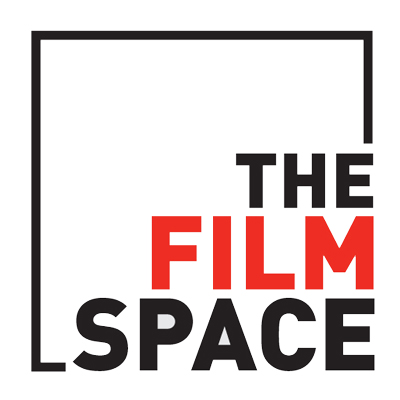Welcome to our advice page which we hope will inspire and inform your teaching about the moving image. These practical and curriculum related articles and approaches to creating schemes of work will be developed over the coming months.
We believe that it is important to look at issues around the moving image from a critical, creative and cultural point of view when using film in the classroom.
From 2005 to 2009 Film Education ran an annual conference – CP3 – which examined the interrelationship between these three approaches. We are pleased to bring you a selection of key articles written by workshop leaders which explore a variety of activities, ideas and issues around the moving image.
We hope that these articles will give you some food for thought as you plan your future lessons about the moving image. We shall be adding new articles over the coming months.
Please note that we have used the original versions of the articles. Contact details and job positions are undoubtedly out of date. Please contact us if you wish to get in touch with any of the authors.
If you would like to receive notification of any new material published in this section please subscribe to our newsletter.
